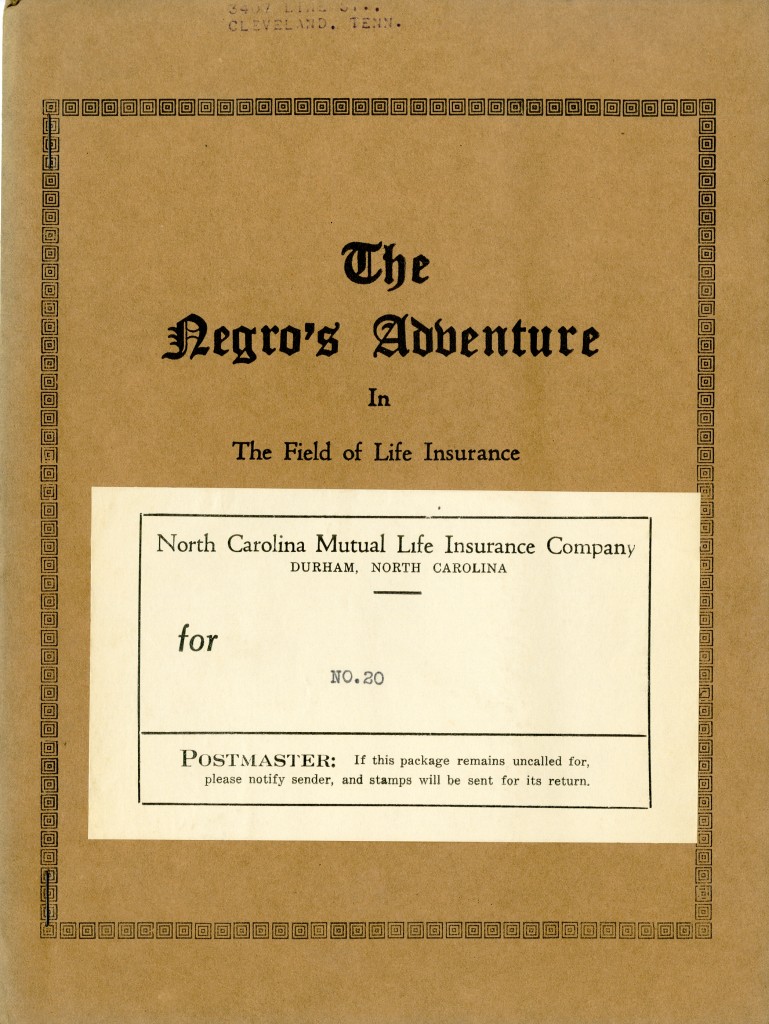Episode 4: Making a Way Out of No Way (1897 – 1940)
Last Tuesday’s episode, “Making a Way Out of No Way (1897 -1940),” began at the dawn of the Jim Crow era. Having already been forcibly removed from voting rolls, black southerners lived under the ever-present threats of violence, limited opportunities, and daily injustices of white supremacy.
The Behind the Veil project captured the experiences of hundreds of African Americans in the South living under Jim Crow. Listen to some of their stories here.
Many took a chance, abandoning the South in hopes of something better. By the end of the First World War, a massive influx of African Americans had transformed cities across the North and West. The freedom that they found in urban centers, like Harlem, inspired an explosion of black artistic creativity. The vibrant music, writing, films, and dancing of the Harlem Renaissance helped defy the rampant stereotypes of African Americans.

This movie poster for the 1921, The Green Eyed Monster, promotes the film’s all-black cast, assuring readers that there is nothing of “the usual mimicry of the Negro” in the show.
But cultural richness did not end the second-class citizenship that limited all black Americans. During the Jim Crow era, black insurance agencies, grocery stores, doctors, educational institutions, and clubs and organizations multiplied, as black Americans turned inward, utilizing the resources they had.

The North Carolina Mutual Life Insurance Company opened its doors in Durham in 1899. It grew into the largest black-run financial institution in the country and helped support the city’s sizable black middle class. This 1934 booklet, “The Negro’s Adventure in Life Insurance” explains how life insurance policies benefited African Americans.
From Booker T. Washington’s plans for economic development to W.E.B. DuBois’ ideas of racial uplift, black Americans continually sought new and sometimes conflicting strategies to secure full citizenship in the years before World War II.

In 1904, Booker T. Washington, with assistance from W.E.B. DuBois, gathered leading black men in New York City to discuss the dire conditions facing African Americans. Washington explains his idea for the conference and the importance of including a variety of opinions in this 1903 letter to activist and Presbyterian minister, Francis Grimke.
Post contributed by Karlyn Forner, John Hope Franklin Research Center Graduate Intern.

